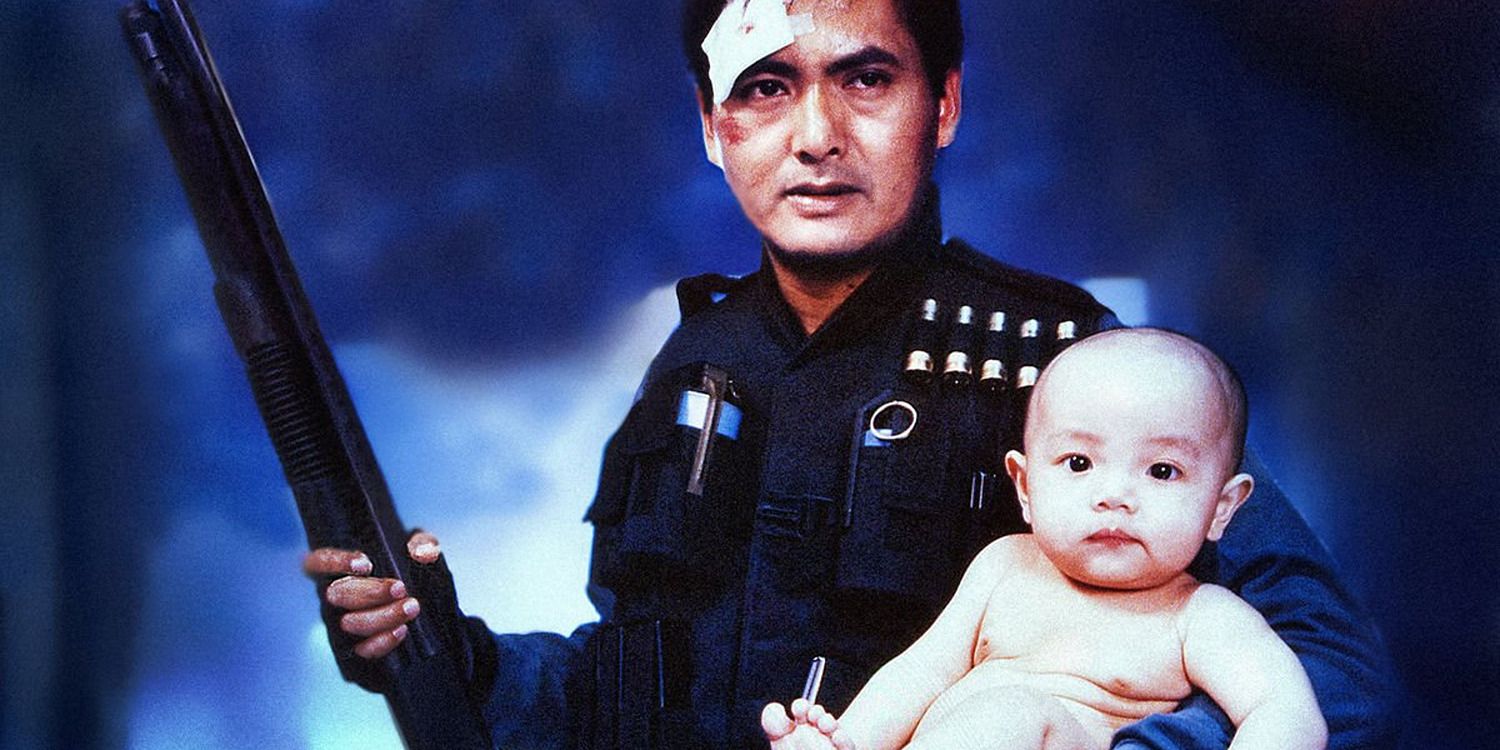Albert Einstein once said: “The only source of knowledge is experience.”
It may not be the only source, but I’d certainly rate it highly. I believe this is especially true for creatives in your workplace, whether they are marketers, designers, or copywriters. People who are objectively good at creative endeavors will often say they got there through lots of “experience”—trying, succeeding, falling down, getting back up.
Our creativity is fueled by know-how, or as scientists call it, tacit knowledge, which is the information, skills and abilities attained through experience. It is often difficult to put into words, but we use tacit knowledge unconsciously and constantly. It’s what allows us to nimbly make creative decisions with a sense of authority and intuition. How deep the well of tacit knowledge is, depends on our experiences.
That reality can perplex and frustrate creative professionals, especially if they are just getting started. We’ve all been there, looking at job ads that mandate a certain number of years of experience for roles we, subjectively, believe we could immediately perform or at least grow into. You’re telling me I have to accumulate years of experience to obtain the knowledge needed for this job?
Well, I have good news. It’s 2023 and there’s now a fast track, thanks to generative AI. Better news: it’s not just the up-and-coming creatives that get a leg up here. Every willing colleague in your company does.
Expertise democratized
Many tech observers have recently compared AI to a work buddy, professional assistant, or sidekick to help us do our jobs better. In the creative community, people are pointing to generative AI’s ability to aid creative directors in making ads more relevant for their target audiences, offer designers variations on their current visual work, help writers quickly smooth a bumpy sentence, and so on. But that’s only part of the story because generative AI can advance the work of experienced pros and newbies alike.
Generative AI can help creatives by filling in the gaps in their expertise, providing context that they may not have yet gained through experience. In other words, it can provide information or generate ideas that might not come to mind due to their lack of tacit knowledge. AI, in turn, can enhance human intelligence and overall creative output, and we can all become better experts faster. It doesn’t matter if you’ve been in a profession for three decades or three hours.
What’s more, trying something for the first time becomes less intimidating. This is important because a lack of technical skills can scare people out of their calling—I know of a writer who once dropped out of journalism school because he didn’t believe he could handle the ins and outs of newspaper design and typography, which were required skills to get a degree. He eventually returned to the journalism program, got his degree, and became a journalist, but he lost valuable time in career development that today’s AI may have saved him.
Thankfully, you don’t need advanced technical skills to use generative AI tools, as they are designed to be highly user-friendly. These applications have become accessible, democratizing expertise to some degree for everyone. The only barrier is embracing it, something I’m seeing many wrestle with.
AI will likely replace some jobs just like new technology has done for more than a century: Consider that 60% of jobs today had yet to be “invented” in 1940. Speculation around jobs being created vs. taken away has had an outsized focus on creative industries. Things will change, but that doesn’t need to include replacing humans. Instead, it can reduce creatives’ busy work and allow time for more inspiring, meaningful work. I believe most creatives in your company would see that as a big win.
This brings me to my case: Don’t focus on how your company could get left behind in the AI race; instead, you should think about how you can get ahead with it.
Not only will your company reap the creative benefits of AI, but as an early adopter, you will also be able to understand generative AI’s pitfalls and ultimately learn how to work better with AI by knowing what to tell it, what prompts work best and how to effectively fit the tech into your workflow in a powerful way. New, innovative technologies almost always have growing pains, and generative AI isn’t immune. The creative world is seeing issues pop up like hallucinations, outdated information results via search queries, copyright infringements and prompt hacking. So it’s important to be aware of the obstacles as well as the benefits, which I’m about to make a case for.
Newbies get up to speed faster
Even if your creatives are just getting started climbing the org chart, those who lean into AI early will separate themselves from the pack. It’s only going to make junior designers, marketing newcomers and other creatives more productive compared to tech laggards and on the right side of an important trend: Mckinsey predicts that generative AI’s productivity boost could add trillions of dollars to the global economy, whether by reducing the time it takes to get things done, or thanks to the higher quality work outputs created.
Generative AI supplements know-how for industry newbies. It feeds them the information that many of their more experienced peers unconsciously have at their beck and call via tacit knowledge. For example, many millennials and Gen Z marketers start out by specializing in social media, and AI can help them predict which text and visuals will perform best on a specific platform.
While there is, ultimately, no substitute for real-life experience, AI accelerates the ability to leverage experience for those just getting started. In fact, a recent academic study found newer and lesser-skilled workers benefited the most from using generative AI because it distributes tacit knowledge to newer workers who are further down the experience curve than their more seasoned counterparts.
Seasoned pros get a new superpower
For experienced creatives such as a lead designer or a VP of brand, combining their own know-how and tacit knowledge with generative AI can be their superpower. Simply put, they can have the best of both worlds.
The key will be harnessing AI while leveraging their tacit knowledge, embracing the one-two punch as a competitive advantage compared to those who are still learning about their industry. For instance, a designer may need to concoct a depiction of cats playing backgammon and use DALL-E to spur preliminary ideas before crafting an image with attention to detail and real-world knowledge about what the client is looking for—intelligence that AI cannot bring to the table.
Designers and creative directors can intertwine their expertise with generative AI to enhance their visual design, mockups and text outputs, combining artistic judgment and intuition with the capabilities of today’s most advanced technology. Advertising pros can augment their existing ideas or generate many new concepts quickly, providing a healthy variety of choices while letting them separate the wheat from the chaff. Indeed, the experienced creative is still the decision-maker, as AI helps uncover potentially innovative concepts.
So, generative AI can be a superpower for any willing person in your company who has been around for a while and a fast-tracking tool kit for those who are newer to the game. No matter who you are, the key is to dive in, learn its best features and tricky shortcomings, and let the technology help you become a more illuminating and coveted creative than you were before.
The post How AI Can Bolster Know-How And Unlock A New Creative Workplace appeared first on ChiefExecutive.net.























































![Social Media Spring Cleaning [Infographic] Social Media Spring Cleaning [Infographic]](https://imgproxy.divecdn.com/9e7sW3TubFHM00yvXe5zvvbhAVriJiGqS8xmVFLPC6s/g:ce/rs:fit:770:435/Z3M6Ly9kaXZlc2l0ZS1zdG9yYWdlL2RpdmVpbWFnZS9zb2NpYWxfc3ByaW5nX2NsZWFuaW5nMi5wbmc=.webp)
![5 Ways to Improve Your LinkedIn Marketing Efforts in 2025 [Infographic] 5 Ways to Improve Your LinkedIn Marketing Efforts in 2025 [Infographic]](https://imgproxy.divecdn.com/Hv-m77iIkXSAtB3IEwA3XAuouMwkZApIeDGDnLy5Yhs/g:ce/rs:fit:770:435/Z3M6Ly9kaXZlc2l0ZS1zdG9yYWdlL2RpdmVpbWFnZS9saW5rZWRpbl9zdHJhdGVneV9pbmZvMi5wbmc=.webp)














